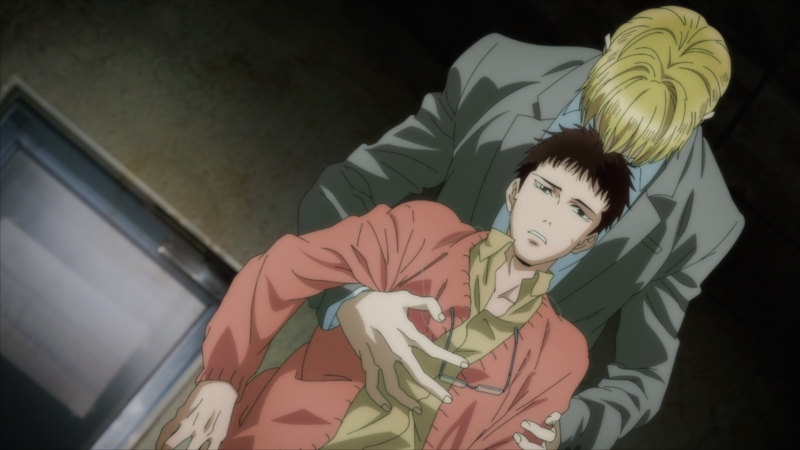
Sankaku Mado no Sotogawa wa Yoru (The Night Beyond the Tricornered Window) is a supernatural boys’ love drama centered around investigating supernatural occurrences. While the anime is effective in creating a tense and suspenseful atmosphere and the psychic abilities of the main characters are exciting, the ending could be better, with many fans citing an ending that leaves many things unexplained and the lack of in-depth development of the main romantic relationship. With that said, let's take a closer look at the pros and cons of The Night Beyond the Tricornered Window!
Summary
Kousuke Mikado is a bookstore clerk with the ability to see spirits, but unluckily, he is terrified of them. Kousuke has a chance encounter with Rihito Hiyakawa, an eccentric medium, who believes that meeting Kousuke is his “destiny.” Sensing an innate supernatural ability in Kousuke, Rihito convinces him to become his assistant despite Kosuke’s fear of the supernatural. They form a team to in investigate supernatural incidents and exorcise spirits by using the combined might of their souls. Slowly, Kosuke and Rihito meet others with supernatural powers and begin to unravel their mysterious pasts.
Suspenseful Storyline

The biggest positives of The Night Beyond the Tricornered Window are the elements of mystery and the supernatural. Kousuke and Rihito initially begin investigating individual supernatural occurrences, helping out neighbors and other folks they meet, but they quickly realize that these occurrences are linked to Erika Hiura, a necromancer who can cast curses. Each episode has a great deal of suspense and a creepy atmosphere, and many fans are impressed by the tenseness of certain scenes. The writing isn’t perfect, though, as many fans have also pointed out pacing issues and the fact that the ending leaves a couple of things unexplained, leading to a feeling of unfulfillment for them.
Psychic Characters
The Night Beyond the Tricornered Window places a lot of importance on building the characters’ psychic powers, which is one of the more interesting parts of this anime. Kousuke and Rihito are able to up each other’s psychic abilities by touching each other, spiritually and physically. Rihito becomes better able to see spirits in order to exorcise them, and Kousuke can gain certain information that he can’t normally by communicating with the spirits. Their abilities develop as the series goes on, and it is also interesting to see how their abilities affect their interpersonal relationships.

A weakness regarding the characters is that while the characters all fulfill their roles in the plot, there is little time left to develop the characters past those roles. Additionally, some fans aren’t pleased with the lack of genuine romantic development involving the lead characters. Kousuke and Rihito are constantly put into situations that generate romantic tension, but they do not get into a real relationship. Their interactions can come off as one-sided: Rihito hired Kosuke, and he exorcises spirits by entering Kosuke’s body and connecting their abilities, which “feels good” to Rihito. Meanwhile, Kosuke is more hesitant about the whole thing. In fact, at one point Kousuke insists that he is not dating Rihito. Many fans hoped for a different relationship dynamic with a bigger payoff at the end.
Production Quality
The production quality is rather bland and nothing to write home about. The art and animation are generally plain and simple, and the character designs do not stand out much. For some people, this may just add to the creepy and gloomy atmosphere, but for others, these design choices are just not that exciting.
Final Thoughts
The Night Beyond the Tricornered Window may be worth watching if you’re looking for a suspenseful supernatural drama that is effective in creating a grotesque atmosphere, but it is not without its flaws. We hope you enjoyed our article. Did you catch this anime too? Whether you agree or disagree, leave a comment with your opinion of this series! Would you watch a second season or recommend this anime to your friends?


